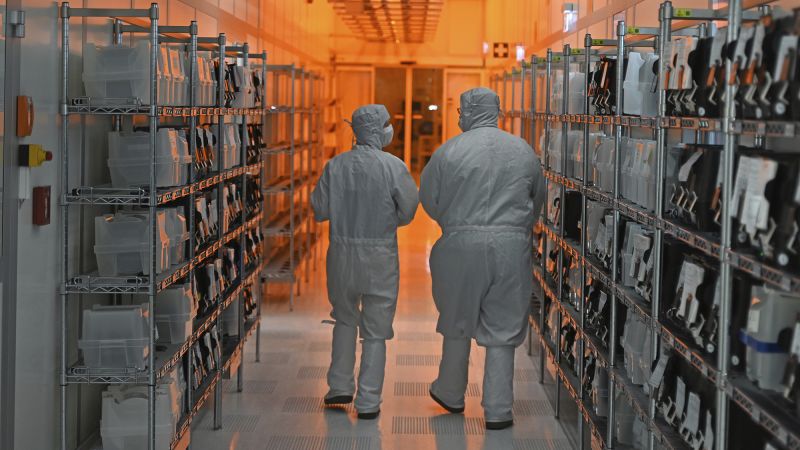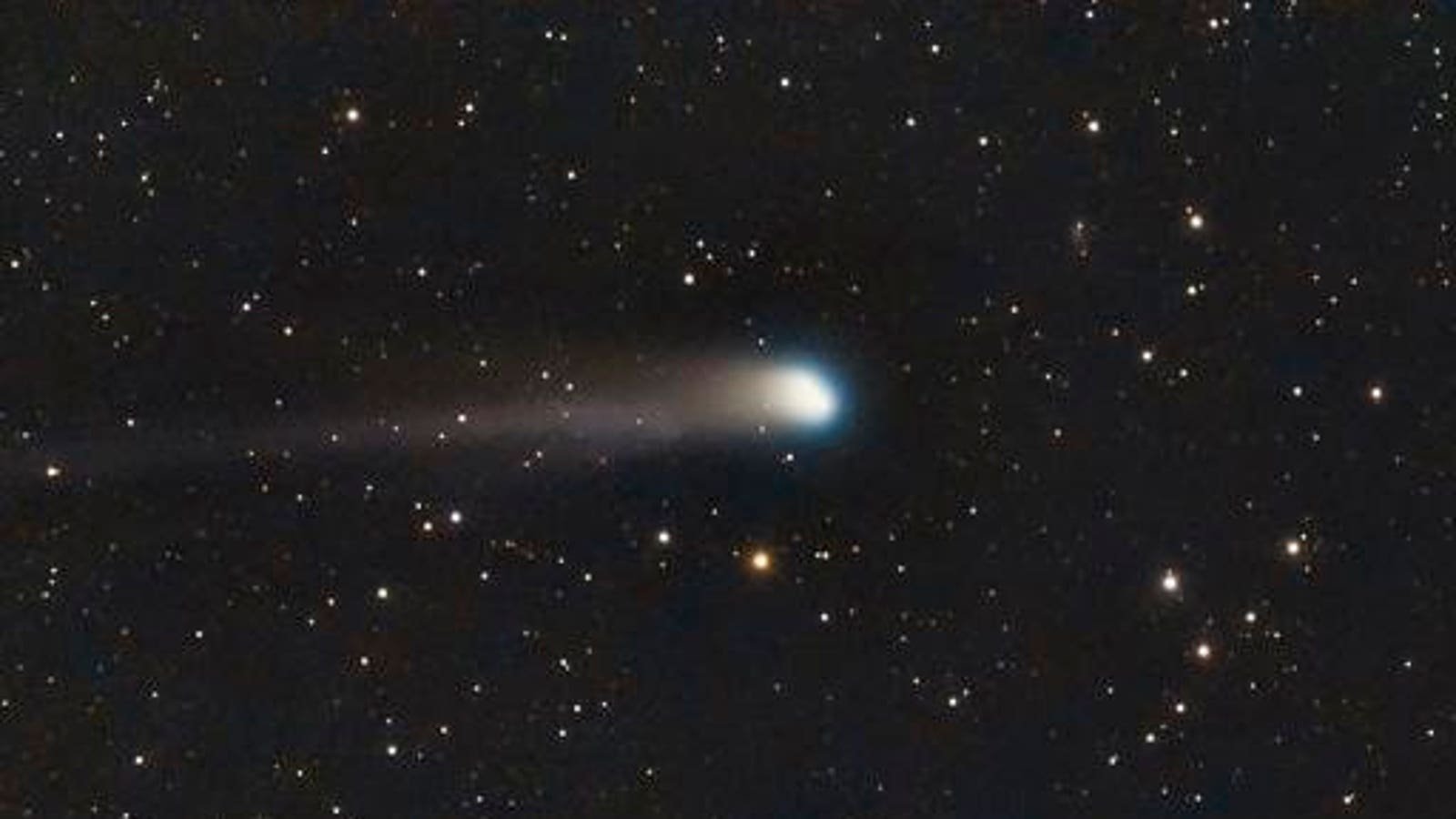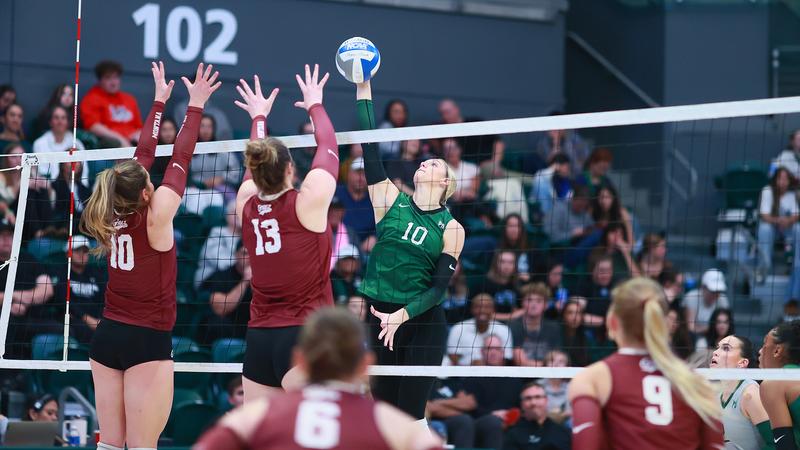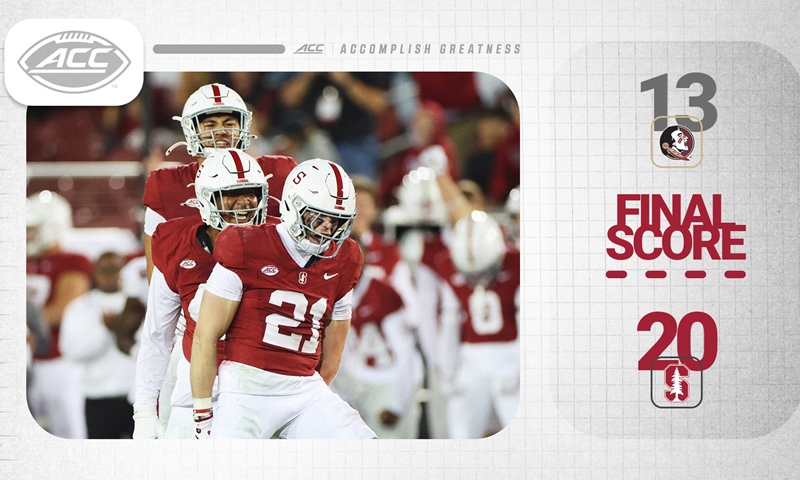Blog
-

Assessing Futu Holdings (NasdaqGM:FUTU) Valuation After a 100% Year-to-Date Share Price Surge
Futu Holdings (NasdaqGM:FUTU) shares have seen a steady climb this year, with the stock up over 100% year-to-date. Many investors are now reviewing its recent performance and growth numbers for insights into what might come next.
See our latest analysis for Futu Holdings.
Futu Holdings has enjoyed sustained momentum, with a 105.8% year-to-date share price return. This reflects renewed investor confidence and optimism around its growth story. Over the past year, its total shareholder return reached 79.4%, underscoring long-term performance beyond just recent gains.
If you’re weighing what else might be showing breakout momentum, this is a great moment to broaden your search and discover fast growing stocks with high insider ownership
With shares surging so impressively, the central question becomes whether Futu Holdings is still undervalued at current levels, or if the market is already accounting for the company’s future growth potential and leaving little room for upside.
Compared to Futu Holdings’ last close price of $163.53, the most widely followed narrative estimates a fair value of $207.27. The picture that emerges is of a company with catalysts that some see as transformative, and a valuation that challenges the market’s current view.
The rapid growth in funded accounts, especially from international markets such as Singapore, the U.S., Malaysia, and Japan, signals ongoing global expansion and diversification of Futu’s user base. This positions the company to capture rising middle-class wealth and digital financial adoption in Asia, supporting long-term revenue and AUM growth.
Read the complete narrative.
What is driving that bold upside call? This narrative is built on expectations of relentless customer growth, a resilient business model, and margin strength usually reserved for industry leaders. The surprising mix of ambitious projections and global expansion creates a valuation thesis you will not want to miss.
Result: Fair Value of $207.27 (UNDERVALUED)
Have a read of the narrative in full and understand what’s behind the forecasts.
However, risks remain, as heightened competition in key Asian markets and regulatory hurdles could quickly turn investor optimism into caution for Futu Holdings.
Find out about the key risks to this Futu Holdings narrative.
While many focus on analyst price targets, compare Futu Holdings’ current price-to-earnings ratio of 22.4x against the industry average of 25.4x and a peer average of 22.2x. However, the fair ratio for Futu is estimated at 21.4x, suggesting that shares could be slightly expensive. This is an important detail for those weighing potential returns or risks.
Continue Reading
-

Ducks Fall in Four to No. 17 Penn State
EUGENE, Ore. — The Oregon volleyball team saved a pair of match points but ultimately fell to No. 17 Penn State in four hard-fought sets Saturday night at Matthew Knight Arena. Alanah Clemente posted 23 kills for a second time in as many days…Continue Reading
-

A US-China trade dispute over a little-known Dutch chipmaker could bring auto plants to a halt and send car prices higher
Few car buyers have heard of Nexperia. But this Dutch company makes chips that are essential for making cars — and now, it’s at the center of a trade dispute that could shutter global auto plants and send already-record-level car prices even higher.
The dispute is just one part of wider trade tensions between the United States and China. The Nexperia saga began in earnest this past December when the US Commerce Department put Nexperia’s parent company, China-based Wingtech Technologies, on a list of companies facing trade restrictions.
Then, this October, China’s Ministry of Commerce banned Nexperia China and its subcontractors from exporting specific finished components and sub-assemblies manufactured in China. The Dutch government took control of Nexperia following this move.
The tensions have prompted concerns of possible auto plant shutdowns, since the chips Nexperia makes are critical to the assembly of the cars and trucks in which they’re installed. The fear is that the trade dispute could halt Nexperia’s production of the chips, and it would be difficult to replace them.
When and if auto plants might be forced to halt operations is not clear. But a similar chip shortage following the pandemic caused temporary plant shutdowns and the supply of new autos to drop significantly for more than a year. That shortage in turn helped drive up the price of both new and used cars.
Vehicles have become more dependent on computer chips, transistors and diodes on everything from adjusting driver’s seats to feeding the proper amount of fuel into engines and providing braking power. Vehicles can’t be completed if those critical components are unavailable.
While Nexperia is little known outside the industry, its site says the company has more than 6,000 products qualified for use in automobiles, and shipments of 110 billion of its products annually. It has 12,500 employees across Europe, Asia and the United States. It said it’s working on business continuity plans and is “confident that a solution will be found.”
But automaker trade groups are less confident and have sounded the alarm of possible auto plant shutdowns.
“If the shipment of automotive chips doesn’t resume – quickly – it’s going to disrupt auto production in the U.S. and many other countries and have a spillover effect in other industries,” John Bozzella, CEO of the Alliance for Automotive Innovation, a lobbying group for most major automakers, said in a statement. “It’s that significant. We’re urging a quick resolution, so U.S. and global automaking remains on track.”
The European Automobile Manufacturers Association said it would take months to get new supplies of the components its members have been getting from Nexperia, while the supply of its chips is expected to last only weeks.
“Automakers have taken steps over the last years to diversify supply chains but risk cannot be mitigated down to zero. This is a cross-industry issue affecting a large number of suppliers and virtually all of our members,” Sigrid de Vries, director general of the European associations, said in a statement.
“We suddenly find ourselves in this alarming situation,” she added. We really need quick and pragmatic solutions from all countries involved.”
Nexperia make about 40% of the automotive chips in the segment of the market that includes transistors and diodes, according to Ian Riches, vice president of the global automotive practice for research firm TechInsights.
Automakers are already being forced to deal with increased costs due to tariffs being imposed by the Trump administration. While many are absorbing the costs so far, Kelley Blue Book came out with an estimate last week that the average US new car price just topped $50,000 for the first time.
Continue Reading
-

See Bright Comets As Meteor Shower Peaks
Topline
Two green comets will reach their minimum distance from Earth, likely peaking in brightness, after sunset on Monday, Oct. 20, just hours before the peak of the annual Orionid meteor shower, itself the product of the famous Halley’s…
Continue Reading
-

Eurogamer Weekly Digest, 19th October – highlights you might have missed this week in reviews, features, and news
Phew! It barely feels like seven days have passed since last time, but here we are again with another Weekly Digest – in which we recap some of the highlights you might have missed over this past week on Eurogamer. And what a…
Continue Reading
-

Close Losses in First Two Sets Haunt Vikings in Five-Set Loss to Montana
PORTLAND, Ore. — The Portland State volleyball team lived by the two-point set…
Continue Reading
-
ADC Improves Outcomes for Patients with Advanced Triple-Negative Breast Cancer Who are Ineligible for Immune Checkpoint Inhibitors
Patients with an aggressive form of breast cancer who are not candidates for immune checkpoint inhibitor therapy showed significantly improved progression-free survival when treated with the antibody drug conjugate sacituzumab govitecan compared to standard chemotherapy. These findings, which stem from the ASCENT-03 trial in triple-negative breast cancer co-led by investigators at Dana-Farber Cancer Institute, are presented today at the European Society for Medical Oncology (ESMO) Congress 2025 in Berlin, Germany. They are also published simultaneously in the New England Journal of Medicine.
Triple-negative breast cancer (TNBC) accounts for about 15% of all breast cancer cases and is often difficult to treat. The 5-year survival rate for patients with metastatic disease is about 15%. Moreover, around 60% of patients with metastatic TNBC have tumors that lack the molecular marker PD-L1. This absence indicates the tumors will not respond to immune checkpoint inhibitors. For most patients with previously untreated TNBC, chemotherapy is the primary treatment option.
“There are limited treatment options for patients with advanced triple-negative breast cancer — and that is especially true for those patients whose tumors are PD-L1-negative,” says Dr. Sara Tolaney, chief of the Division of Breast Oncology at Dana-Farber and senior author on the study. “Finding novel treatments that are effective in this patient population is a major priority for the field.”
Sacituzumab govitecan, an antibody drug conjugate (ADC), targets the protein Trop2, which is present at high levels on the surfaces of TNBC cells. The ADC binds to Trop2 and, through its molecular payload, delivers a potent chemotherapy drug directly to tumor sites. Sacituzumab govitecan is currently approved as a second-line treatment for patients with advanced TNBC. However, roughly half of patients with this disease do not go on to receive a second line of therapy, underscoring the magnitude of the unmet need.
ASCENT-03, a global, randomized, open-label phase 3 study, evaluates the use of sacituzumab govitecan versus standard chemotherapy as a first-line treatment in patients with locally advanced or unresectable TNBC who are not candidates for immune checkpoint inhibitors. A total of 558 patients across 229 clinical sites in 30 countries were enrolled and randomized to receive either sacituzumab govitecan or chemotherapy. In both treatment groups, about 99% of patients had PD-L1 negative tumors (277 out of 279 for sacituzumab govitecan; 278 out of 279 for chemotherapy).
After a median follow-up of 13.2 months, patients treated with sacituzumab govitecan were more likely to survive longer without disease progression, with a median progression-free survival of 9.7 months compared to 6.9 months for patients treated with chemotherapy. Those who responded showed a median duration of response of 12.2 months, compared to 7.2 months for those patients who responded to chemotherapy.
Data on overall survival are immature at this time. The safety profile of sacituzimab govitecan was consistent with its known profile and was manageable with current guidelines and supportive care.
“As oncologists and investigators, we’re always trying to move more effective therapies into earlier lines of treatment because we want patients to be able to have robust responses that potentially will translate into survival outcomes,” says Tolaney. “The data from ASCENT-03 are very compelling and support sacituzumab govitecan as a potential new standard of care for patients with previously untreated triple-negative breast cancer who are unable to receive immune checkpoint inhibitors.”
Dana-Farber investigators were involved in the first studies of sacituzumab govitecan in humans and participated in the pivotal clinical trials that led to its initial U.S. Food and Drug Administration approval for patients with pre-treated triple-negative breast cancer. Tolaney also helped lead the TROPiCS-02 study, which led to the ADC’s approval in pre-treated patients with HR-positive, HER2-negative metastatic breast cancer. Earlier this year, Dr. Tolaney presented results of the phase 3 ASCENT-04/KEYNOTE-D19 trial, which showed the combination of sacituzumab govitecan plus pembrolizumab resulted in durable responses with improved progression free survival compared to current standard treatment in patients with metastatic triple negative breast cancer that tests positive for the immune checkpoint PD-L1.
Funding: The ASCENT-03 trial was funded by Gilead Sciences, Inc.
Continue Reading


